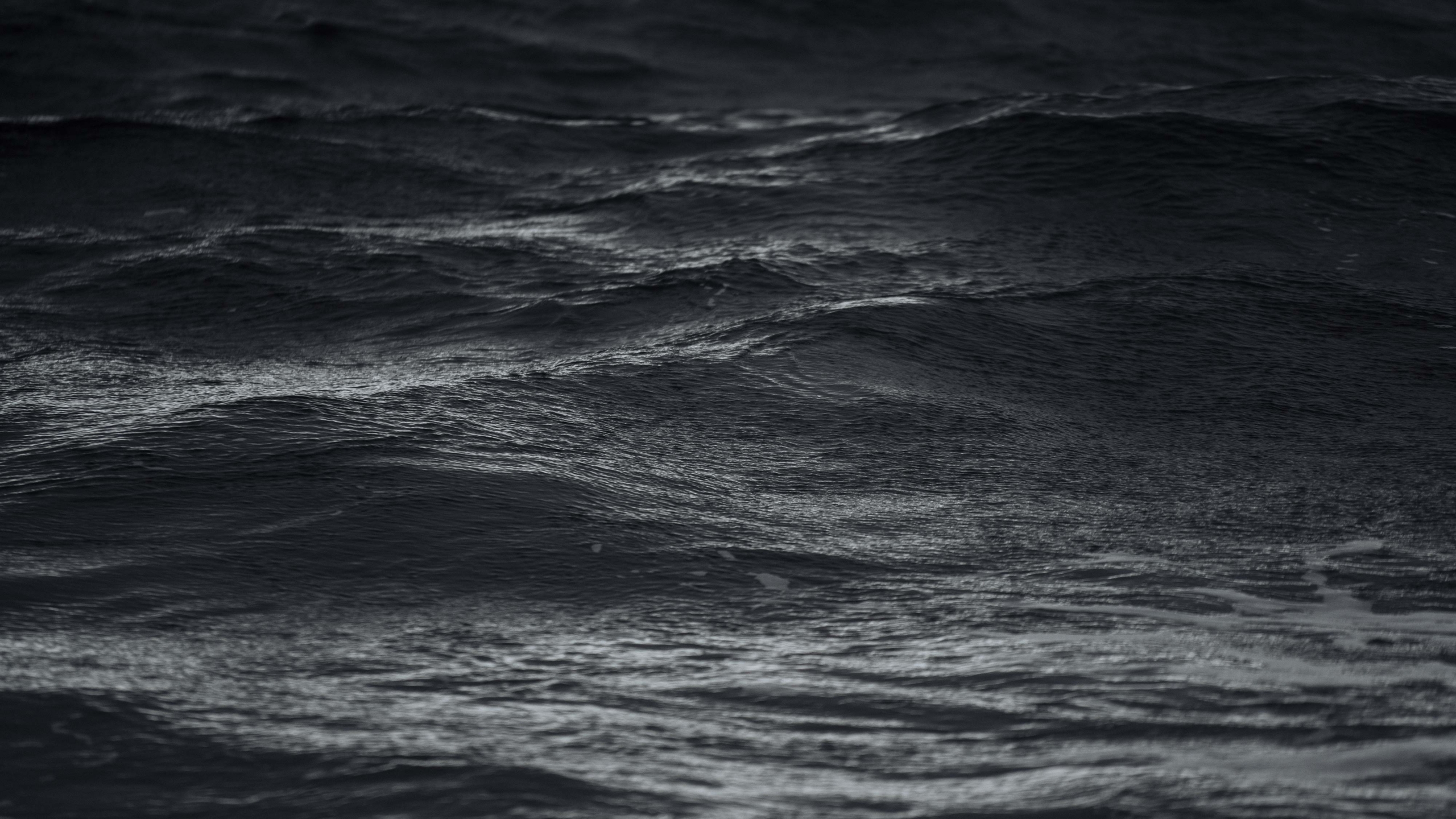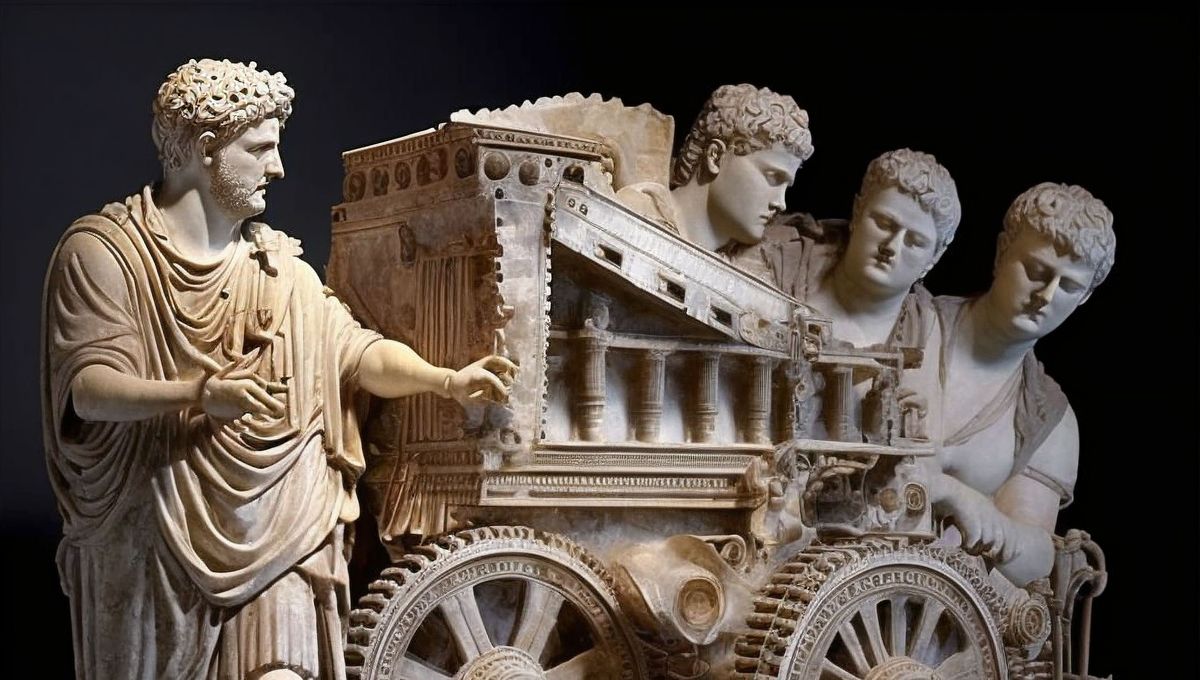Extract from Michel Henochsberg’s La Place du marché [The Market Place], Denoël éditions, Paris, 2001.
[Extracts]
It would be wrong to succumb to over disseminated mirages. The new economy is not about sector that uplifts the “old world.” The focus of the media and the stock exchange on the famous TMT (technology, media, telecommunications) that is spearheading the technological revolution lures us away from the real change that is happening. We are in fact witnessing a thorough cross-sectional transformation that is radically changing economic practices and representations, which is to say that we are experiencing a global shift in society. Given that we are currently witnessing this process, we are not in a position to speak with much insight, and any analysis must be both humble and cautious. With that in mind, let us attempt to provide an explanation of this transformation. There is no pivotal innovation, no great discovery: the new economy embodies a new level of circulation velocity of the economy. This statement may seem disappointing in the light of contemporary exuberance that portends a decisive threshold that would be as important as the industrial revolution for orthodox thinking. Instead of steam engines, electricity, telephones, and computers, we pull out of our hat mere considerations on velocity!
Traffic creates value
And yet, the crux of the matter is indeed there. We are constantly referring to the genealogy of the market, parallel to that of the economic apparatus. We are constantly invoking the lessons of the two turning points in economic history of the emblematic experiences of Venice and Amsterdam, lessons that plead for the pre-eminence of circulation and that demonstrate the purely circulatory nature of the economy. It is in that sense that the new economy is a matter of “circular flows” to the extent that it claims that circulation itself creates value. But how can velocity create value? How can it generate growth? Simply because it is energy, in the same way that the electricity propels a motor or that a wheel drives a machine.
The new economy reflects a new energy state of the economic system, a state that generates more movement and therefore more wealth. More specifically, to focus on organizations, the new economy is characterized by the acceleration of asset turnover within companies, both traditional and recent. This can be seen in the recent revolution in stock management. Point-of-sale electronic scanners now instantly transmit restocking information to suppliers. Suppliers take no more than a few hours or days to produce the missing product and deliver it directly to the retailer at the point of sale, bypassing the storage warehouse entirely.
This acceleration triggers the virtuous yet paradoxical spiral of the non-accelerating inflation rate of unemployment (Nairu), which combines a decline in unemployment and acceptable inflationary pressures. It is the search for an accelerated circulation that transforms everything. Productivity gains are no longer expended for the maintenance of the labor/capital functions of production as in a productivist model but now significantly contribute to fuelling the acceleration process itself. Yet, what is more effective in this context than declining prices? That is why marketing and the new economy are by large deflationary forces. This is also the reason why the Solow computer paradox of 1980s regarding the invisibility of productivity gains due to IT is now almost resolved: these gains are finally surfacing because they are repeated in the new economy through declining prices!
The “balloon” economy
The new economy is therefore what emerges from the crossing of a proper qualitative threshold. An economist who is also the director of a new company describes the process: “All sectors will eventually enter the new economy but the boundary is well-defined: it corresponds to the phase of the computerization of the exchange, as opposed to an old economy where the strategic model implied by the computerization of production still dominates. This was the economy that had prevailed these past thirty years: laws had emerged, as well as normative management requirements, and we weren’t aware that model was running out of steam anymore. What the Internet forces us to consider is that there were indeed some novelties but that innovation itself was waning, that there were vortices but no velocity, that the economy was slowing down although all its components were expanding. It was a “balloon” economy and modern transformation came once it was burst.
New technologies are now at the service of exchanges and the acceleration of the economy, generating a complete reversal of value chains. This reversal then responds to the rapid prevalence of the circular flow model on the productive model, the two competing models that claim to trace the rationale and the dynamics of the economy. The productive model feeds on inflation to finance a stable velocity of circulation; it takes into account the confiscation of productivity gains by the productive apparatus. The circular flow model gives itself the fixed goal of stimulating the velocity of circulation of money and assets through a deflationary strategy. The new economy disqualified the productive model that had been enforced for the past two centuries by an indisputably industrial landscape and its matching ideology of dissemination of the discourse of the political economy. It is particularly difficult to break free from this strong image of the factory and the ideology of the orthodox representations that celebrated the prowess of productive machinery. This reversal in the way economic activity is decoded is very disruptive and we are still measuring the consequences. And yet, it is a merely a question of evaluating the circular flow, but it is true that we are suffering from amnesia.
Indeed, observing the development of the economy these past ten centuries has taught us that the circular flow model has always prevailed, that it was the only one to truly drive the economy, that the productive organization has only really interested local political authorities, which are concerned with territorialized activities and the productive forces that fed them. Originally, the entire economy was about circulating flows that gradually wove a huge web on the surface of the planet. In this cross-territorial influence lies the essence of the economy. Nevertheless, during the past two centuries, this basic fact was suppressed and rebutted by industrial development, which came with its own internal productive rationality and its own images. That is why the prevalence of the productive model, its morality, and its collective purposes, is no more that a long interlude linked to the great industrialization of the world; the spectacular effects of this interlude have perverted and neglected the true way the economy operates. As a result, the advent of the new economy, its circular flow model, its financial and commercial aspects, its permanent question for increased asset turnover and monetary circulation, is nothing more than a comeback: the reconciliation of the economy with its concept. Things are indeed circular as we come a full circle.
Article published in Stream 01 in 2008.









